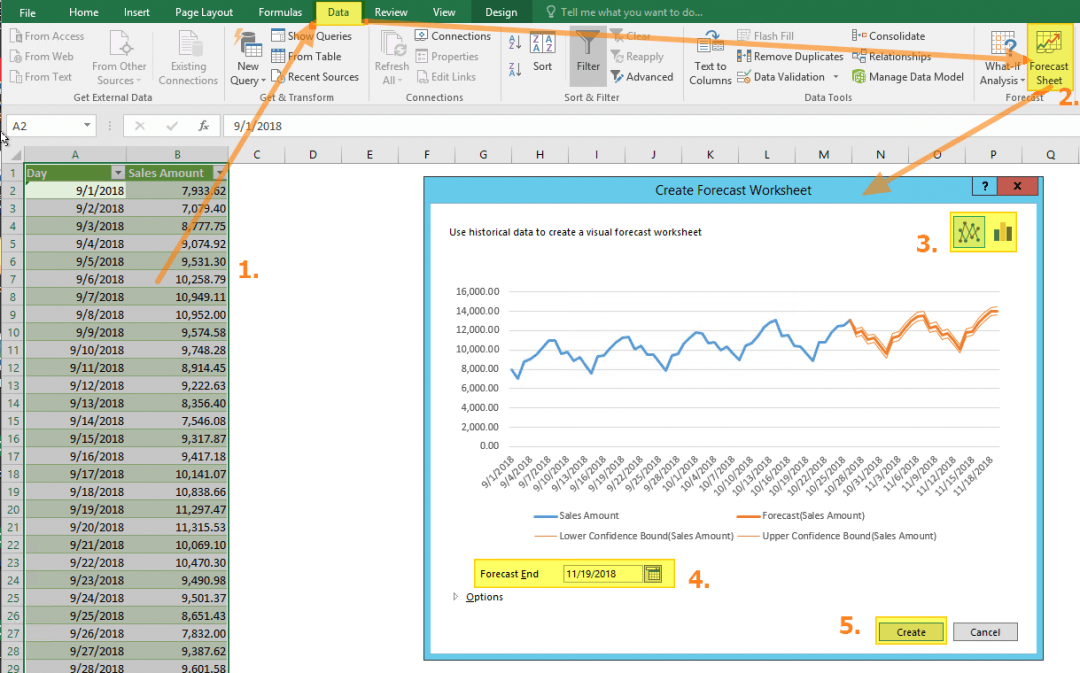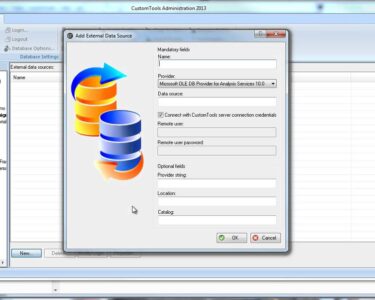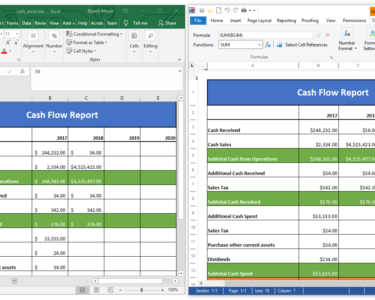
Microsoft Excel: Forecasting with Accuracy
Microsoft Excel is a powerful tool that can be used for a wide variety of tasks, including forecasting. Forecasting is the process of predicting future events based on past data. It can be used to make informed decisions about everything from sales and marketing to finance and operations.
There are a number of different forecasting methods available in Excel, each with its own advantages and disadvantages. The best method for a particular application will depend on the data available and the desired level of accuracy.
Common Forecasting Methods in Excel
Some of the most common forecasting methods used in Excel include:
- Trendlines: Trendlines are simple linear or exponential lines that can be fitted to historical data. This method is easy to use and can be effective for forecasting data that has a clear trend.
- Moving averages: Moving averages are calculated by taking the average of a specified number of past data points. This method can help to smooth out fluctuations in the data and make it easier to identify trends.
- Exponential smoothing: Exponential smoothing is a more complex method that takes into account the most recent data points more heavily than older data points. This method can be useful for forecasting data that is volatile or has a changing trend.
- ARIMA models: ARIMA models (AutoRegressive Integrated Moving Average) are a class of statistical models that can be used to forecast data that has a seasonal or cyclical component.
Choosing the Right Forecasting Method
The best forecasting method for a particular application will depend on a number of factors, including:
- The type of data available
- The desired level of accuracy
- The complexity of the data
- The availability of resources
Tips for Accurate Forecasting
Here are a few tips for improving the accuracy of your forecasts in Excel:
- Use a variety of forecasting methods and compare the results. This will help you to identify the method that is most likely to produce accurate forecasts for your data.
- Test your forecasts against historical data. This will help you to identify any biases or errors in your forecasting models.
- Adjust your forecasts as new data becomes available. This will help you to keep your forecasts up-to-date and accurate.
Conclusion
Forecasting is a valuable tool that can be used to make informed decisions about the future. Microsoft Excel provides a variety of forecasting methods that can be used to forecast data with varying degrees of accuracy. By carefully choosing the right method and following the tips above, you can improve the accuracy of your forecasts and make better decisions for your business.


